Do diet foods help you lose weight? Throughout the years, many people have come to believe wildly inaccurate diet and nutrition myths. Food marketing has had a tremendous impact on shaping perceptions about food, diet and nutrition, and it’s challenging to separate fact from fiction. Below are six nutrition myths and realities related to health, well-being and weight loss.
Myth: Extreme Calorie Cutting Helps You Lose Weight

Reality: Some people may not be eating enough or are eating the wrong types of calories.
Many people use food trackers and weight loss programs that predict how many calories per day they should eat. The energy balance equation says that you must expend more calories than you consume in order to lose weight. Many individuals who are overweight or have obesity endure this lifestyle, but do not shed any weight. So what’s the problem?
First, there is a difference in perspective on calories from a physics and metabolic standpoint. Physics claims a calorie is a calorie no matter if it comes from a milkshake or an apple. However, metabolically speaking, the quality of the calorie matters. Thus, for the general population, the calories from the apple are a healthier choice.
Those who eat processed and packaged weight loss foods end up consuming high-sugar and non-healthy fat calories, which are not metabolically satiating. Even if a person is eating less, the body cannot lose weight with low-calorie, sugary shakes and bars. Most people “save” their calories for a treat or alcohol, instead of fueling the body with what it really needs—whole foods.
Second, extreme calorie counting ignores the body’s natural signal for food. If people do not eat when they are hungry or do not eat for long periods of time post-exercise, one’s resting metabolic rate (RMR) reduces. When this happens, protein (amino acids) is converted into energy instead of being used for its function—muscle repair.
Myth: Reduced-Fat Foods are Healthier
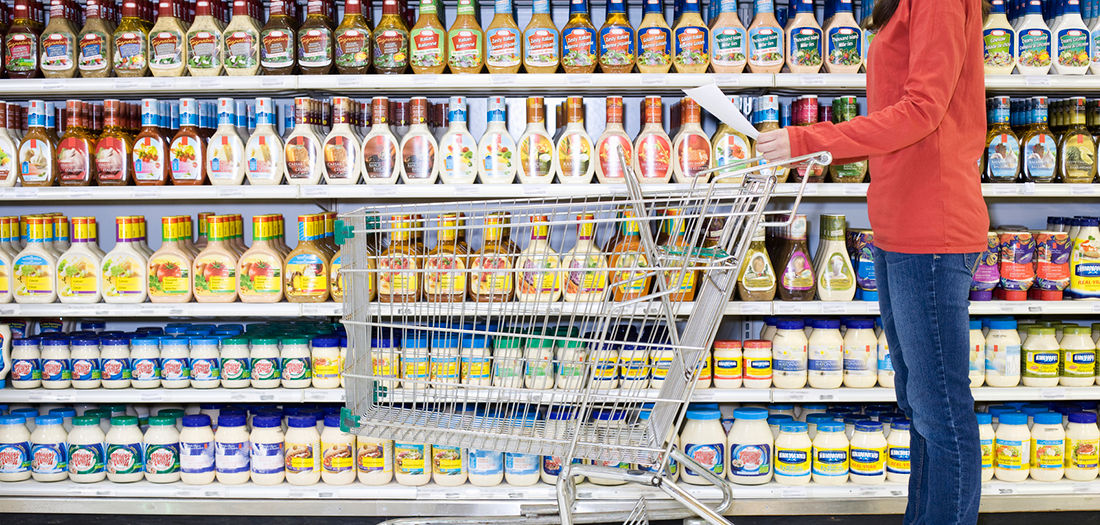
Reality: Most reduced-fat, processed foods add more sugar to enhance flavor.
Reduced-fat foods were once promoted as healthier options than full-fat foods. Because of this many people ate low-fat dressings, processed foods and candies, believing that these foods were healthier and that they aided in weight loss. In order to make low-fat foods palatable, food companies increase the sugar content. This is also common with gluten-free foods since consuming starch flour is less than desirable without the extra sweetness.
Many doctors and professionals now understand that eating fat is necessary, but that it needs to come from the right sources—nuts, lean meats, healthy oils and avocados.
Myth: Carbohydrates Make You Gain Weight
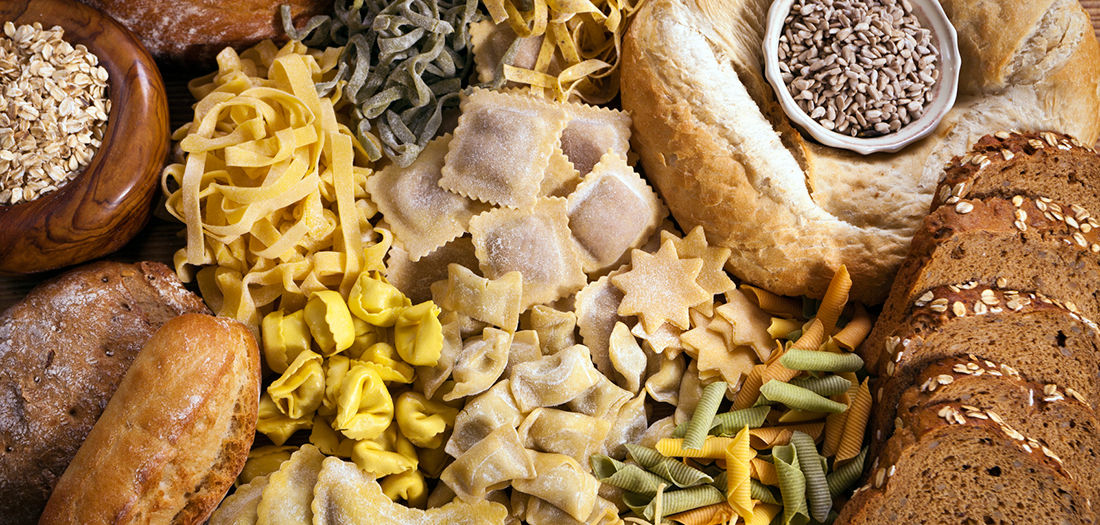
Reality: Excess in any macronutrients can cause weight gain.
From an exercise science perspective, carbohydrates are the main energy source used during exercise. Carbs sustain blood glucose and muscle glycogen levels, especially during prolonged training sessions.
When it comes to carbs, most people lack balance or choose the unhealthy fried, boxed or sugar-dominated options. It is ideal to consume whole grains, fruits and vegetables that are closest to their natural form.
Any carbohydrate or protein consumed beyond what the body needs or can store as glycogen will be converted to adipose tissue (fat). The average person should consume 45 to 65 percent of their daily diet from carbohydrate sources. Athletes who require more energy from carbohydrates may be on the higher end of this range.
Myth: Sweet Potatoes are Better than White Potatoes
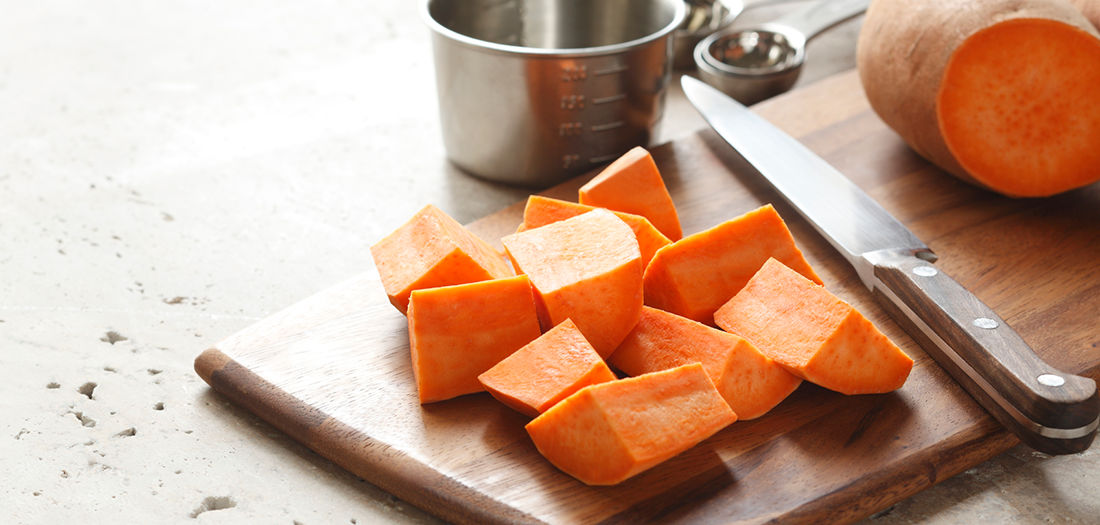
Reality: Both are nutrient dense and preparation is key.
Over the past couple years, the sweet potato has been elevated to superfood status. Because of this, people perceive white potatoes to be “bad.” According to the Cleveland Clinic, both sweet and white potatoes are nutrient dense and offer plenty of available vitamins and nutrients. Because of its orange color, sweet potatoes have higher Vitamin A availability. However, white potatoes contain more potassium and magnesium. Both types of potatoes are nearly equal in fiber, protein and Vitamins C and B6.
Furthermore, food preparation is key. White potatoes are an ideal source of carbohydrates when they’re boiled or baked in a healthy way. In the west, we tend to deep-fry potatoes or load them up with unhealthy toppings. Butter is not necessarily a bad topping, unless too much is being consumed. Normally, a little goes a long way.
Myth: Calcium Only Comes From Dairy
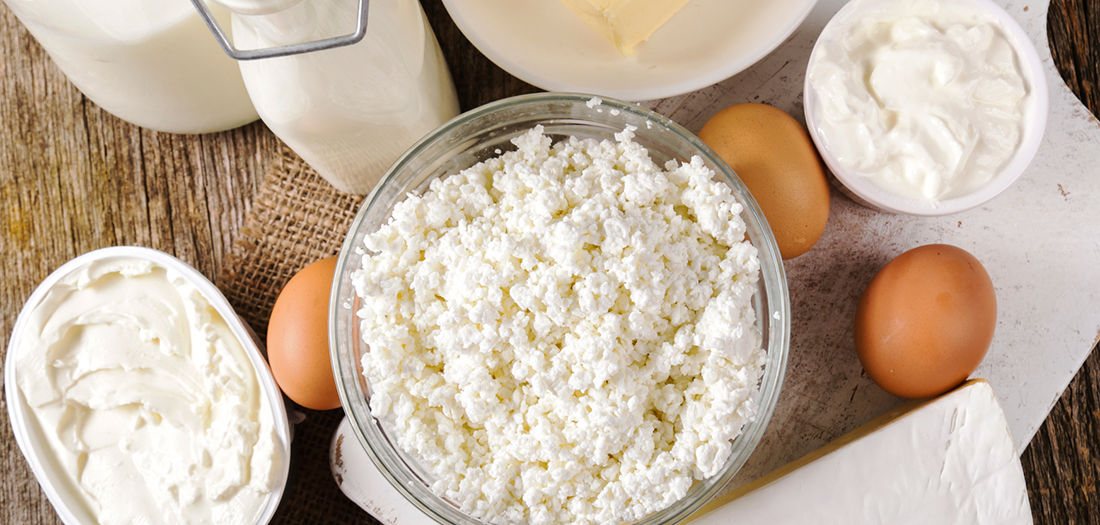
Reality: Calcium is available in many plant and protein sources.
Many older people fear bone- and joint-related issues such as arthritis and osteoporosis. The Standard American Diet has no shortage of dairy products. In fact, America has one of the highest dairy-consuming cultures, yet still has a high percentage of people who suffer from bone- and joint-related issues.
We’re often taught that dairy products help build strong bones. However, there are plenty of non-dairy, calcium-rich foods that are good for your bones and waistlines. Calcium-rich foods include beans, dark leafy greens, rhubarb, broccoli, almonds, turnips, bok choy, dried figs, tofu and bony fish. Increasing these foods while decreasing high fat dairy products can aid in weight loss.
Myth: Vegetarians and Vegans Don’t Eat Enough Protein
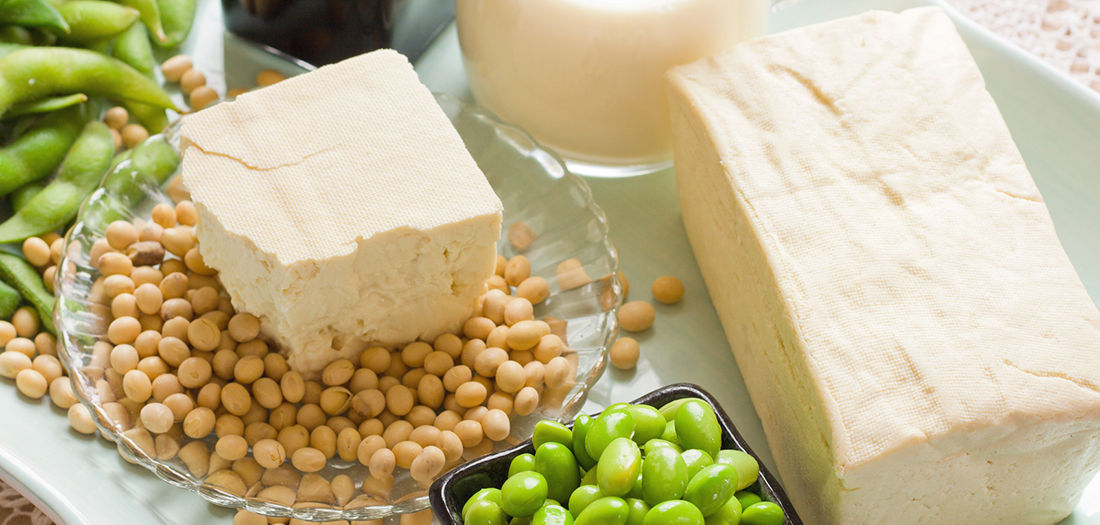
Reality: With a balanced diet, plant-based eaters consume enough protein.
Some people believe that eating meat and dairy is the only way to consume enough protein. The protein debate will likely remain a battle for some time, but this myth originated because certain meats contain all the essential amino acids (making them a complete protein). And this resulted in the notion that plant-based eaters lack protein because many veg-friendly foods are incomplete proteins.
When it comes to protein, it’s important to pay attention to how much to eat per day and how much the body absorbs in one meal. The average person should consume 0.4 to 0.5 grams of protein per pound of body weight. Athletes require a higher protein intake—0.5 to 0.8 grams of protein per pound of body weight. It is important to balance macronutrients and consume protein-rich foods at every meal.
Plant-based foods with protein include ancient grains, nuts, seeds, tofu, beans and certain vegetables. Vegetarians and vegans can consume the essential amino acids throughout the day or through combining incomplete protein foods; thus, consuming protein from just one food source or in one meal is not essential. One food may contain an amino acid that another food does not. For example, beans and rice mixed together makes a complete protein meal.
Remember—the key to nutrition success is to eat fresh, whole foods and well-balanced meals.
References
American Council on Exercise. 2012. ACE Essentials of Exercise Science for Fitness Professionals. San Diego: American Council on Exercise.
American Council on Exercise. 2013. ACE Metabolic Conditioning. San Diego: American Council on Exercise.
Higdon, Jane, Ph.D. et al. Calcium. Micronutrient Information Center. 2001.
Wellness Team. "White Potatoes vs. Sweet Potatoes: Which Are Healthier?" Cleveland Clinic. N.p., 4 Mar. 2013.




 by
by 




 by
by